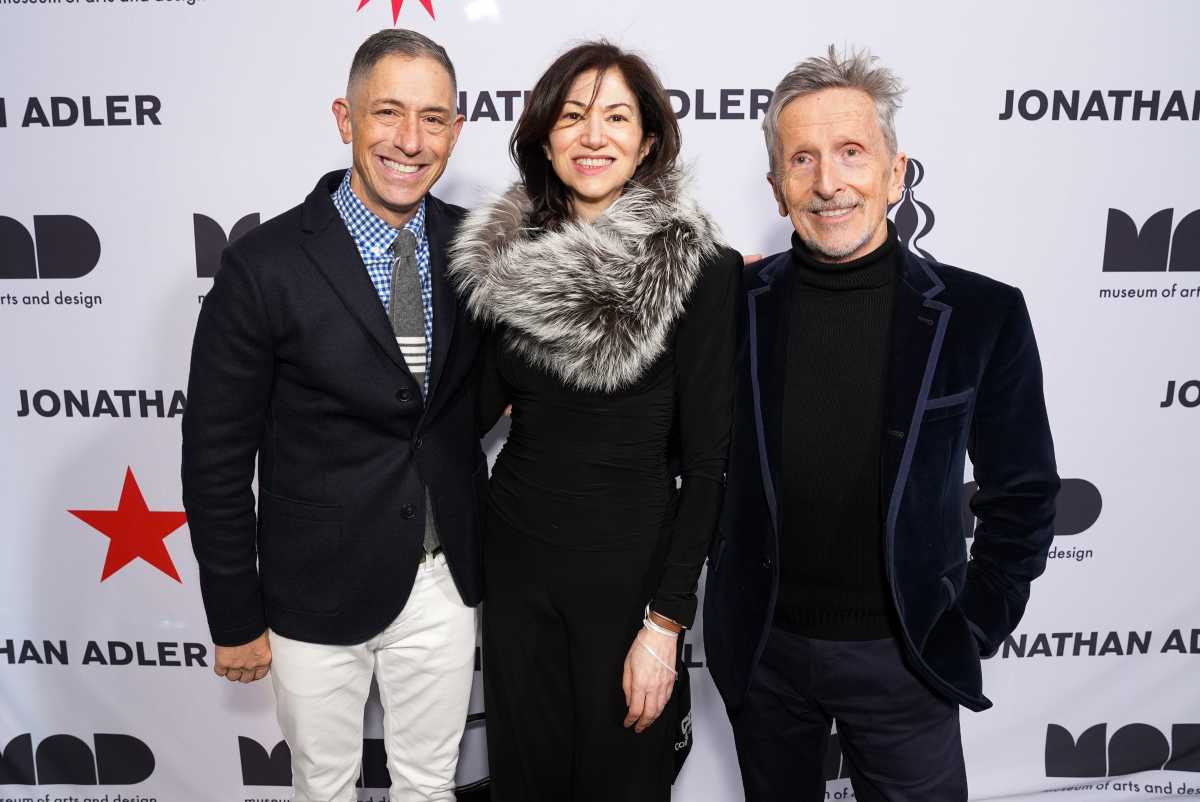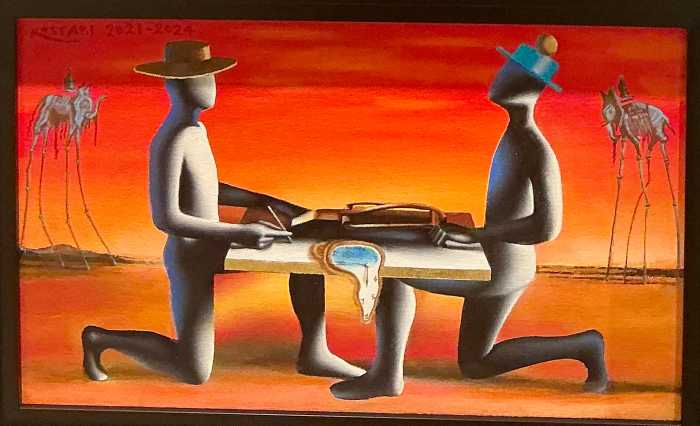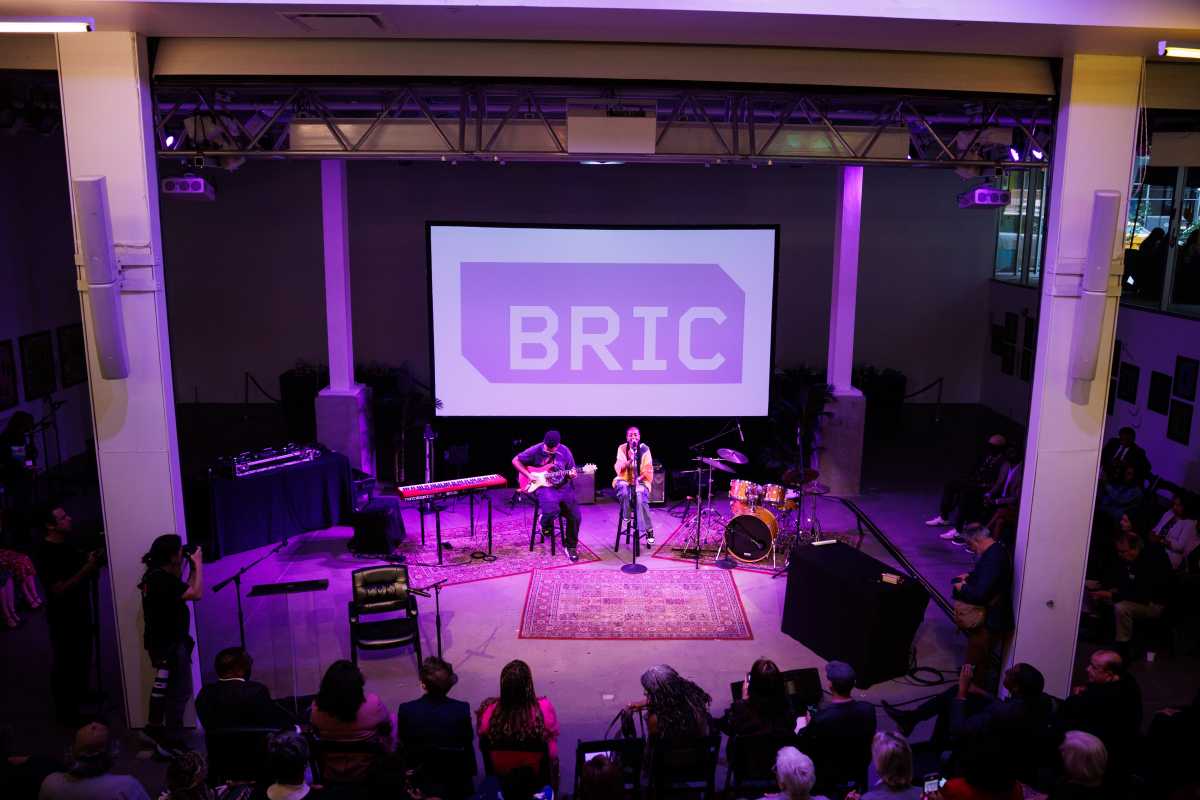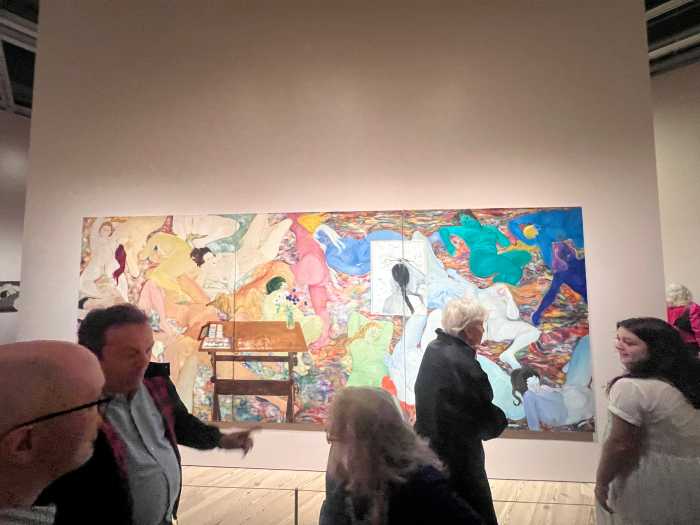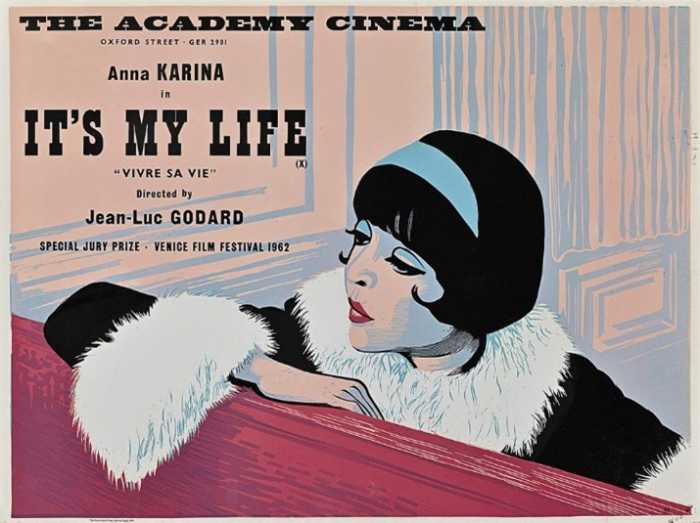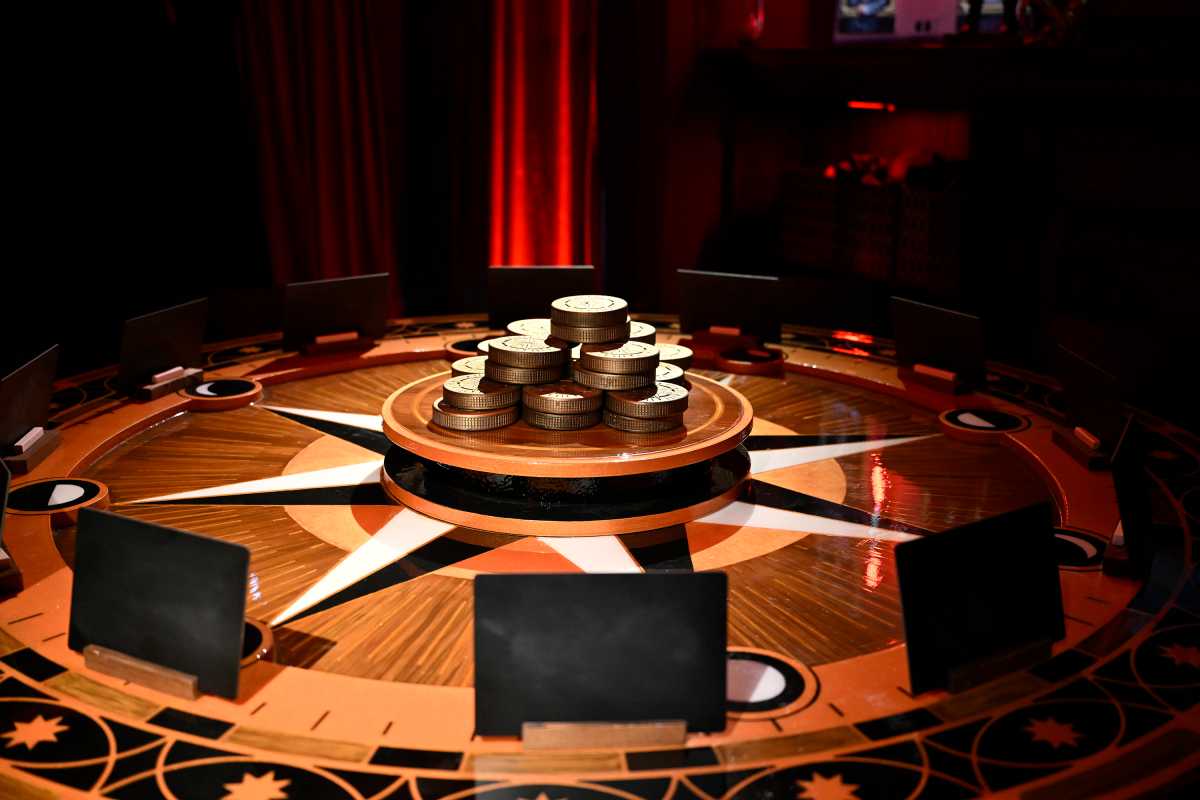Jonathan Adler has always treated glamour like oxygen—necessary, intoxicating, and freely available to anyone bold enough to breathe deeply. His work doesn’t sit politely on a coffee table; it shimmies. It sparkles with a bit of naughtiness, intelligence, and a delicious refusal to take the world too seriously. Clay in his hands becomes personality, attitude, a wink disguised as form. So when the Museum of Arts and Design honored him at this year’s MAD Ball, the night felt less like a tribute and more like a cultural celebration of joy itself—joy as craft, joy as design language, joy as revolutionary act.
At the Museum of Arts and Design’s annual MAD Ball, Adler was honored not merely for his talent, but for his cultural impact. The evening was not a dinner. It was a tribute to the power of the handmade, to the bravery of the maker, and to the institutions that insist craft is not secondary to art—it is art.
Hosted with signature mischief by Simon Doonan—forever a master of glittering irreverence—the evening carried the sort of warm sparkle that only surrounds someone truly beloved. Doonan recalled Adler emerging into the design world “in a cloud of clay dust,” already destined to shift the cultural imagination. Adler transformed pottery from the polite, the quaint, the academic—into something stylish, architectural, and defiantly alive. He carved space for glamour in the tactile world of ceramics while grounding his work in the legacy of 20th-century craft. He made beauty fun again.
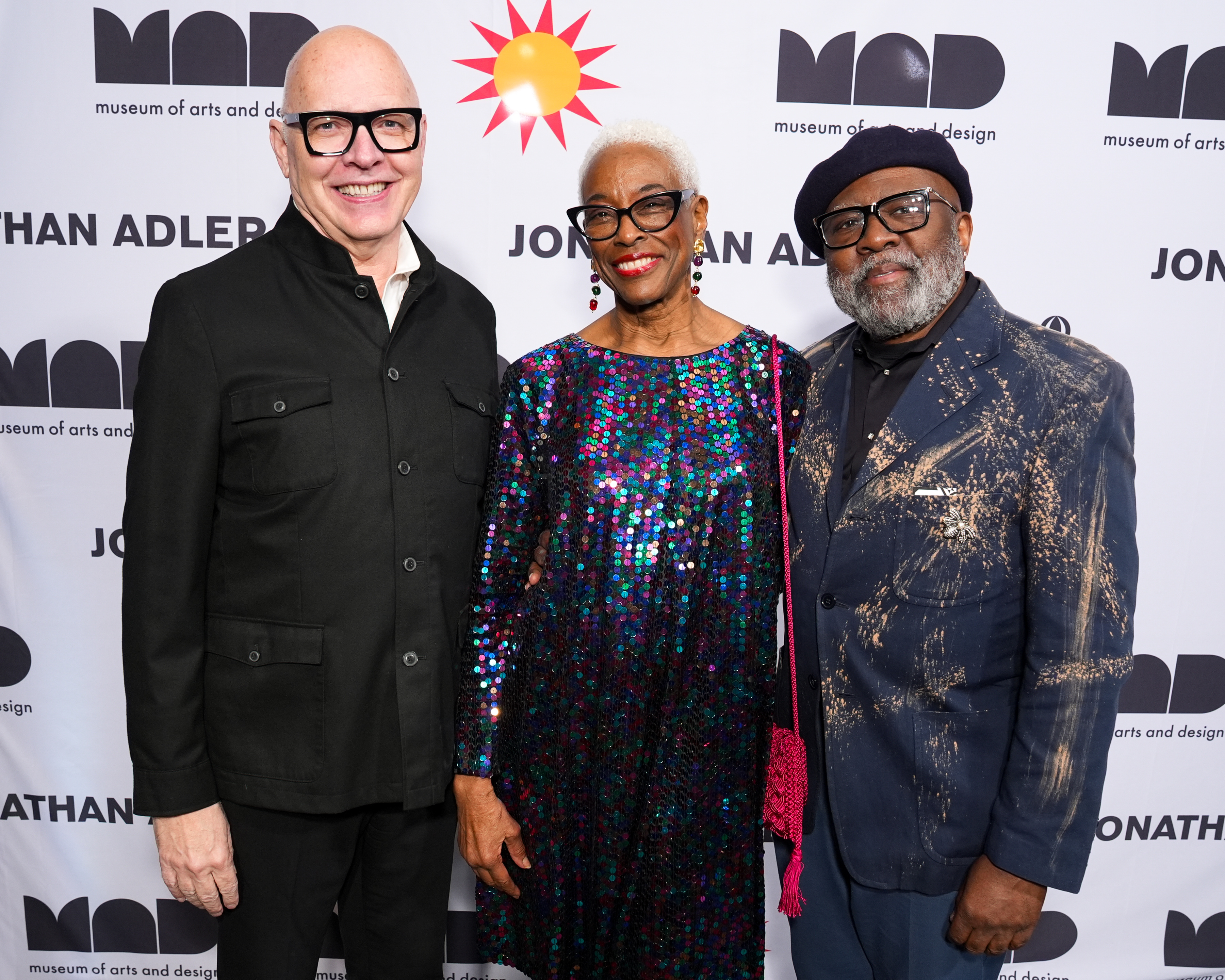
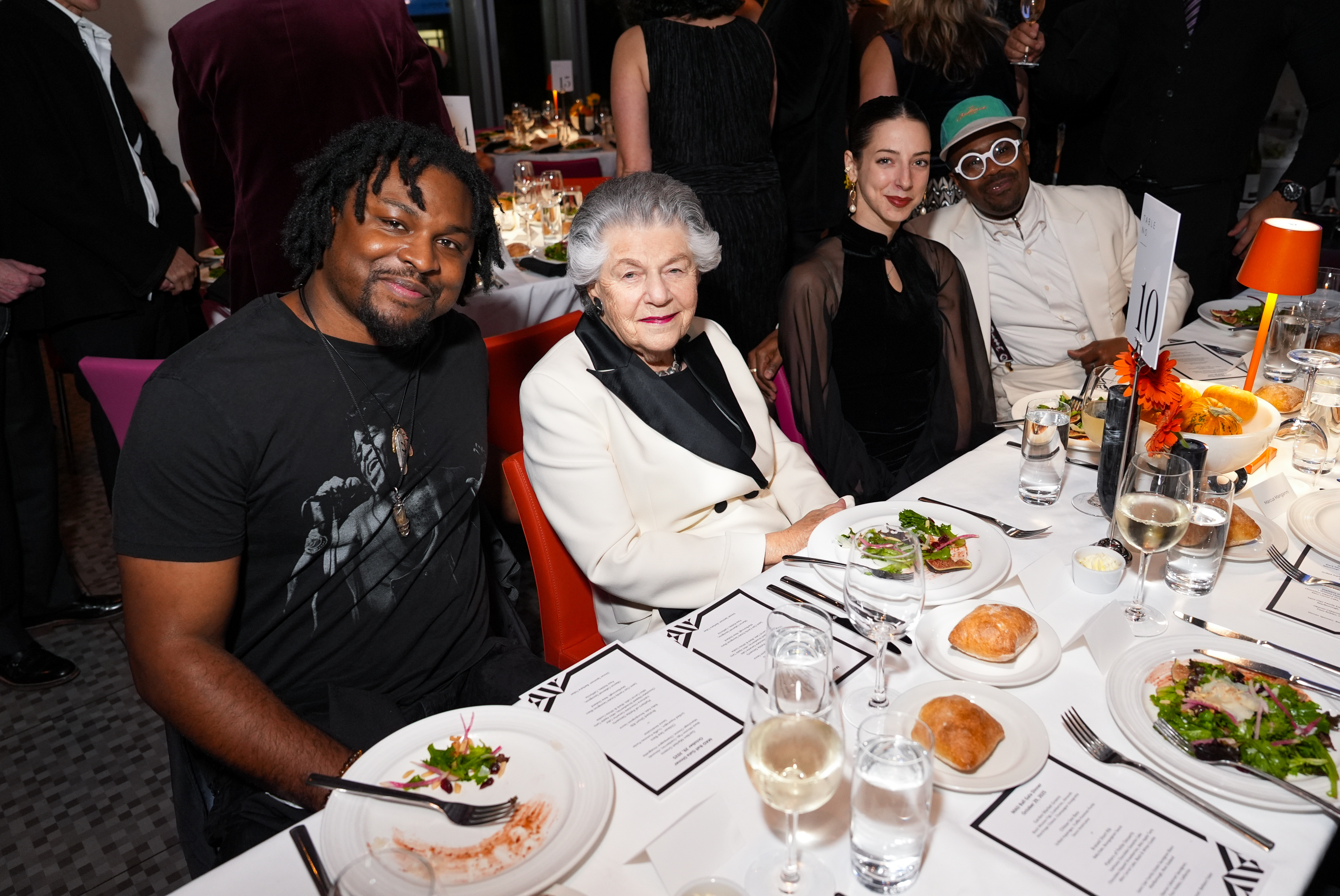
The narrative of Adler and MAD is, in truth, a circle. As Adler noted, his first major breakthrough came when MAD’s gift shop took a chance on a young potter who had more passion than pedigree. It was not the marketplace that opened the door—it was a museum that believed in the maker’s hand. Years later, MAD once again became a catalyst, reminding Adler of the artistic path beneath the global business machine. Museums do not merely preserve history—they shape it. They recognize what the moment has not yet learned to praise.
Board Chair Michele Cohen presented Adler with the Visionary Award—a sculptural homage by jeweler Laura Fortune, its gleaming form bubbling like imagination itself. The symbolism was apt. Adler has always worked in effervescence: joy as discipline, whimsy as rigor, humor as architectural line.
Yet the evening held a deeper resonance. Tim Rodgers, MAD’s Nanette L. Laitman Director, named what many feel but fewer voice. Museums and artists are under scrutiny and political strain because they represent something profoundly powerful: the freedom to imagine differently. Creativity disrupts the status quo. Craft holds lineage. Art preserves the soul of a civilization. When these things are threatened, it is not accident—it is fear of their influence.


The MAD Ball was not nostalgia. It was a declaration that art– in all it’s many forms– is to be cherished.
Guests wandered through open studios, exhibitions, and jazz-brushed corridors. Dinner unfolded at Robert restaurant, crowned with centerpieces Adler designed himself—objects that did not merely decorate the tables, but conversed with them. The evening crescendoed into performance, masks, dance, and shared laughter—a celebration of community as art form.
Among those in attendance were board members, curators, artists, designers, collectors, and longtime champions of creative culture. It was a room filled not with names, but with stewards—people who understand that beauty is not a luxury. It is a responsibility.


The exhibition The Mad MAD World of Jonathan Adler, running through April 19, 2026, is far more than a retrospective. It is an invitation to consider what it means to live lavishly in spirit. Adler’s upcoming conversations at MAD—On the Couch sessions with leading voices in design and criticism—will extend the dialogue further, tracing the relationship between object and identity, humor and elegance, craft and world-building.
The Museum of Arts and Design continues to stand at the intersection of art, craft, and design—a vital space for those who work with their hands, their materials, their histories. It is a beacon in an era that risks flattening imagination into commerce and speed.
In a world so often stripped of delight, Adler returns delight to us—hand-thrown, kiln-fired, polished, and shining.
MADmuseum.org



